Dubai, a canvas of architectural innovation and grandeur, stands as a beacon of modernity and design excellence. This city, with its bold skyline and unprecedented structures, is a paradise for architects and design enthusiasts. In this exploration of Dubai’s most unique buildings, we delve into the marvels that shape its landscape and reveal the stories behind these iconic creations.
The Burj Khalifa: Touching the Sky – At the heart of Dubai’s architectural achievements is the Burj Khalifa, the tallest building in the world. Standing at a staggering height of over 828 meters, this skyscraper is not just a marvel of engineering but also a symbol of Dubai’s ambitious spirit. Visitors can ascend to the observation decks to experience breathtaking views of the city and the desert beyond. The design, inspired by the Spider Lily, incorporates patterns from Islamic architecture, making it a fusion of cultural heritage and modern design principles.

The Museum of the Future:- An Icon of Innovation:- Another testament to Dubai’s architectural innovation is the Museum of the Future. Known for its torus shape and the Arabic calligraphy that adorns its facade, this building is more than just a museum—it’s an incubator for futuristic ideas and technologies. The design represents humanity’s aspirations to innovate, featuring immersive exhibitions that explore potential futures of space travel, health, and ecology.

The Palm Islands:- The Palm Islands are perhaps one of the most audacious engineering projects ever undertaken. These man-made islands, shaped like palm trees, not only expanded Dubai’s coastline but also added a new dimension to luxury living and tourism. Each island houses residential areas, resorts, and entertainment centers, showcasing incredible feats of engineering and environmental planning.
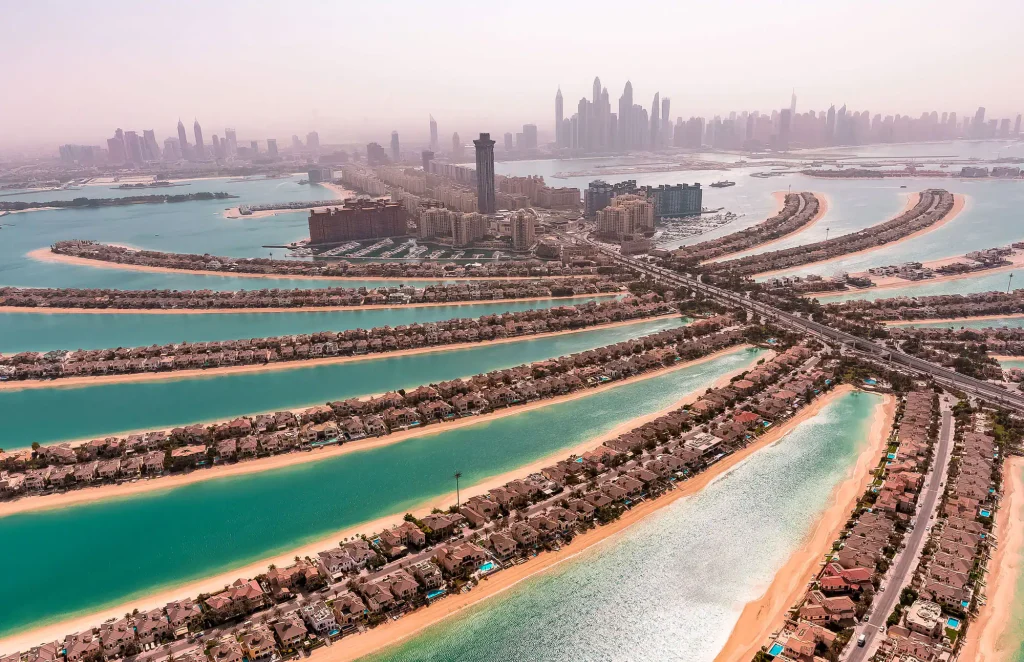
The Frame:- Framing the Past and Future:- Dubai Frame, another architectural wonder, offers a literal frame through which one can view the old and new parts of the city. Situated in Zabeel Park, this giant rectangular structure provides panoramic views from the top, encapsulating Dubai’s evolution from a modest fishing village to a bustling metropolis. The design, featuring golden cladding, symbolizes the golden age of Dubai’s development.
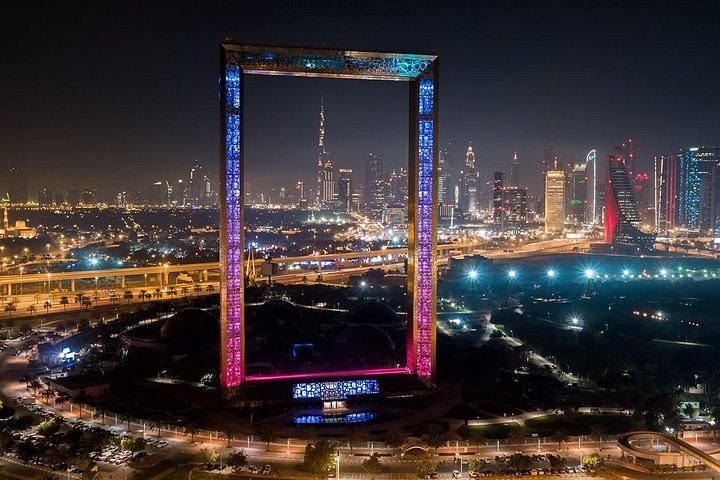
Renting a Car to Explore Architectural Wonders – Exploring Dubai’s architectural wonders is best done at your own pace. Renting a car allows visitors to traverse the city with ease, from the dizzying heights of the Burj Khalifa to the sprawling Palm Islands. With services like Drive.Yango.com, you can choose from a variety of vehicles to suit your preferences, ensuring comfort and convenience as you navigate through these engineering feats. Having your own vehicle removes the constraints of public transport schedules, giving you the freedom to explore each site thoroughly.
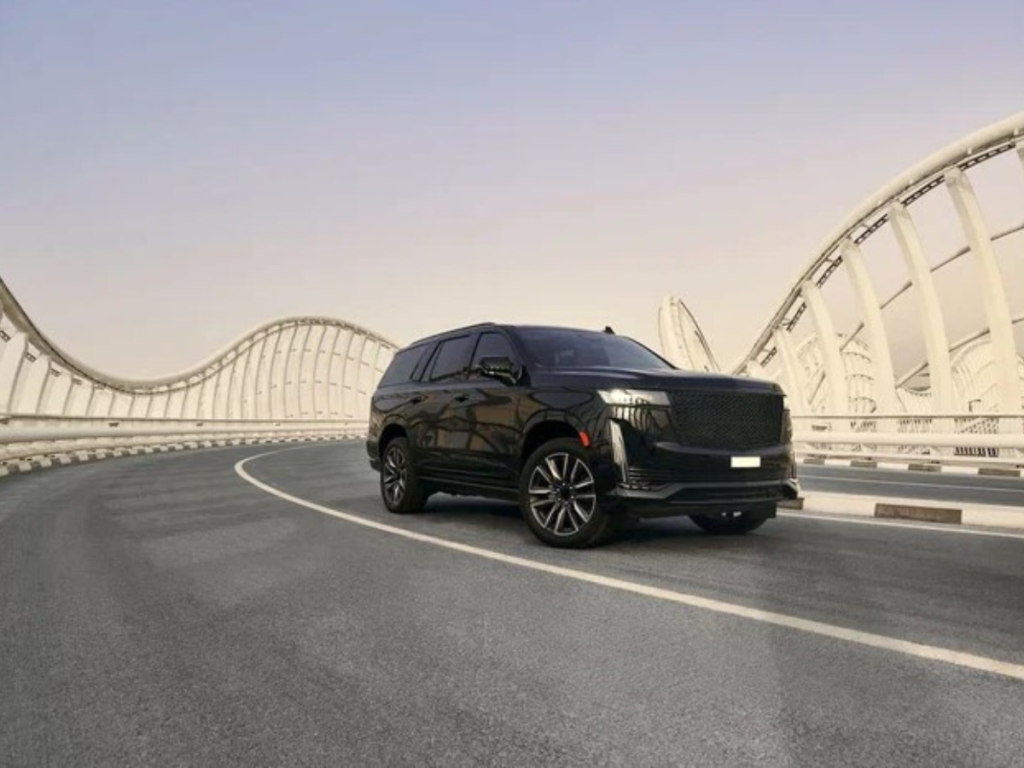
Long-term Exploration with Weekly Car Rentals:- For architecture enthusiasts who desire a more extended exploration of Dubai’s structures, considering a weekly car rental can be exceptionally beneficial. This not only provides the flexibility needed to visit multiple sites at leisure but also offers cost-effectiveness over daily rentals. With options available at https://drive.yango.com/p/weekly-car-rental-dubai, visitors can plan a comprehensive itinerary that covers all architectural landmarks without the rush, making every detail of these iconic buildings more appreciable.
Dubai’s landscape is a testament to the limitless possibilities of human creativity and ambition. Each building not only showcases architectural and engineering prowess but also tells the story of a city that dreams big. Whether you’re an architect, a student of design, or simply a lover of spectacular buildings, Dubai offers a unique journey through some of the world’s most innovative structures. With the convenience of car rentals from Yango, this exploration becomes more accessible and enriching, allowing you to appreciate the finer details of Dubai’s architectural wonders at your own pace. As the city continues to grow and evolve, its skyline promises to keep pushing the boundaries of what is possible in architecture.

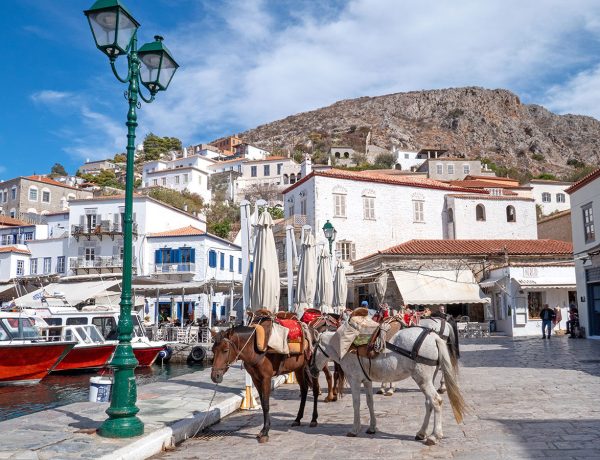

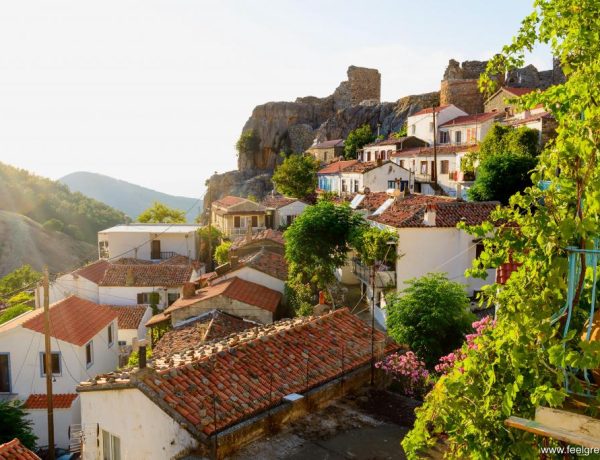
No Comments